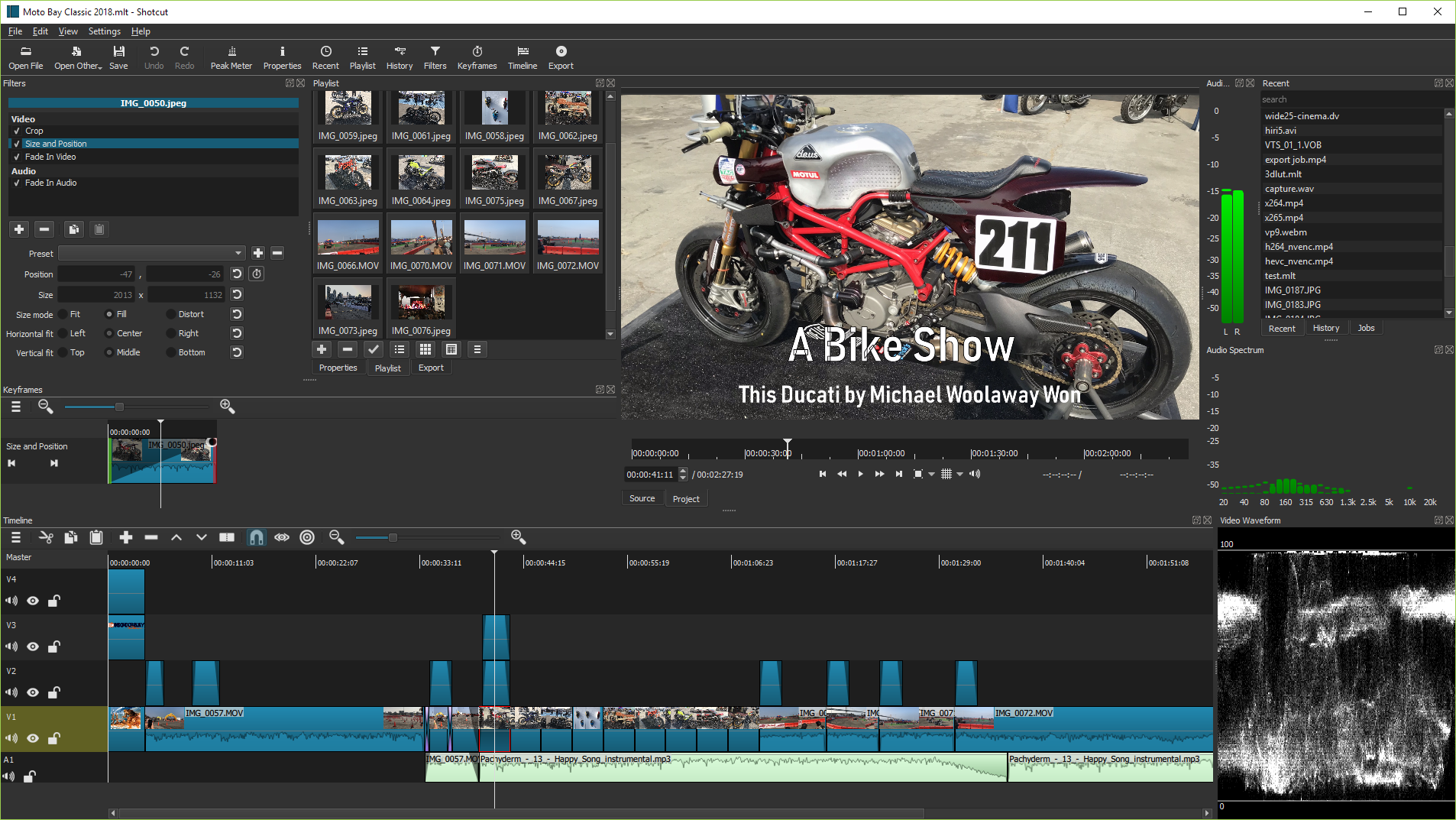CG Insights
Explore the latest trends and insights in technology and culture.
Frame by Frame Fame
Explore the glitz and glamour of the film industry, breaking down iconic moments frame by frame—your backstage pass to fame awaits!
The Evolution of Animation: From Frames to Fame
The evolution of animation has spanned over a century, transforming from simple hand-drawn frames to the captivating CGI seen in today’s blockbuster films. Starting with early pioneers like J. Stuart Blackton and his 1906 short film, Humorous Phases of Funny Faces, animation initially relied on the painstaking labor of creating individual frames. This foundational work eventually led to the birth of iconic characters such as Mickey Mouse, who made his debut in Steamboat Willie in 1928. As animation technology advanced, techniques evolved alongside it; from multi-plane cameras to color films, these innovations expanded the possibilities of storytelling and artistic expression.
With the advent of computer-generated imagery (CGI) in the 1990s, animations began to capture the fascination of a global audience in unprecedented ways. Films like Toy Story, released in 1995 by Pixar, showcased the potential of 3D animation and set the stage for a new era in filmmaking. Today, animations are not just for children; they encompass a wide range of genres and styles that appeal to all demographics. Popular streaming platforms have further fueled this growth, allowing for diverse narratives and innovative techniques to flourish, securing a prominent place for animation in modern culture and entertainment.

How Frame-by-Frame Animation Captures Emotions in Storytelling
Frame-by-frame animation is a unique storytelling technique that intricately captures the nuances of human emotion. By manipulating individual frames, animators can express subtle variations in facial expressions, movements, and even pauses that resonate deeply with viewers. This meticulous approach allows creators to convey a range of feelings—from joy to sorrow—in a way that static images or less fluid animation methods often cannot. The result is a captivating narrative experience that draws audiences into the emotional depth of the characters' journeys. For a deeper exploration of the emotional impact of animation, check out Animation Magazine.
The effectiveness of frame-by-frame animation in storytelling lies in its ability to evoke empathy and connection. Each frame can be crafted with precision, allowing for a rich layering of emotions that reflects the complexities of real life. This animated style fosters a sense of intimacy between characters and the audience, as viewers can witness the gradual development of feelings and responses in a tangible manner. The power of this technique is highlighted in films like Spirited Away and Inside Out, where the animation enhances the storytelling by making emotions visually and vibrantly impactful. To learn more about how animation influences audience emotions, visit The Animator's Guide.
What Makes Frame-by-Frame Animation Unique? Exploring Techniques and Benefits
Frame-by-frame animation is a unique and captivating technique that sets itself apart from traditional animation styles. This method involves creating a series of individual frames, with each frame depicting a slight change in movement or position, which when played in sequence, creates the illusion of motion. This meticulous process allows artists to achieve a distinctive aesthetic and storytelling depth, making it a favorite among many animators. The hands-on nature of frame-by-frame animation fosters creative expression, enabling animators to infuse their unique artistic style into every frame. Additionally, the tactile experience of crafting animation from scratch fosters a closer connection between the artist and the artwork.
One of the key benefits of frame-by-frame animation is its versatility and the range of effects it can produce. From the fluidity of traditional hand-drawn animation to the sharpness of digital processes, this technique can adapt to various artistic visions. Moreover, frame-by-frame animation allows for precise control over timing and movement, enabling animators to highlight emotional nuances in character expressions and actions. Techniques such as onion skinning and interpolation further enhance this style, providing animators with tools to visualize motion between frames effortlessly. Ultimately, the unique aspects of frame-by-frame animation not only showcase the artistry involved but also provide audiences with an engaging and visually stunning experience.